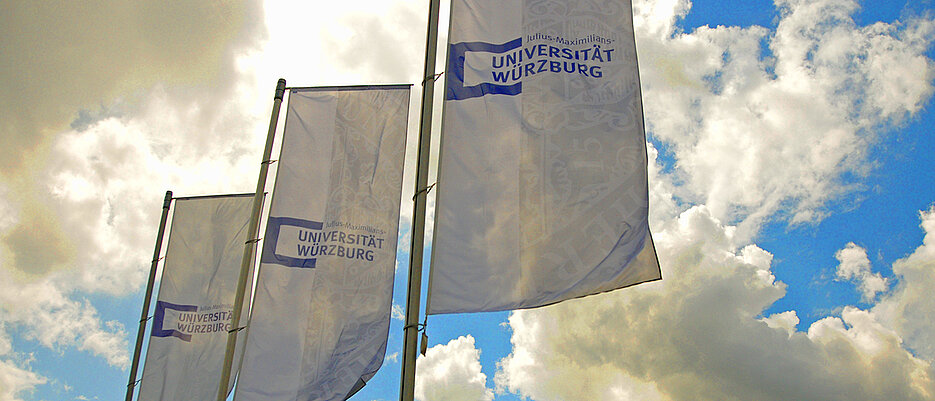Where do foreign researchers go when they can freely choose their host university in Germany? This is revealed by the Humboldt Ranking, in which the University of Würzburg is one of the top 20 destinations.
Year after year, the Humboldt Foundation gives numerous outstanding researchers from all over the world the opportunity to come to Germany for a research stay. The sponsorship recipients are free to choose at which host institution they would like to work.
Julius-Maximilians-Universität (JMU) Würzburg in Bavaria is one of the 19 most popular host institutions. And when we look at the life sciences and the natural sciences separately, it ranks even higher: It has secured tenth place in both fields. In the humanities, JMU ranks 20th.
This is shown by the latest Humboldt Ranking, which came out on 15 November 2023 and covers the period from 2018 to 2022. In order to avoid statistical bias, the ranking relates the number of research stays to the number of professorships at the respective higher education institution.
'A good position in the Humboldt Ranking is considered an important indicator of the global reputation of a research institution,' says Doris Fischer, JMU Vice-President for Internationalisation and Alumni. 'I am delighted about JMU's good performance in this ranking. At the same time, I see it as an incentive to become even more active and visible internationally in the humanities in the future.'
Almost 6,500 Research Stays in Five Years
Over the past five years, Humboldtians from abroad have undertaken research stays at 130 higher education institutions and more than 400 non-university research institutions in Germany.
'With every single one of these almost 6,500 research stays come new ideas and fresh inspiration for our research community. To ensure that particularly talented researchers continue to choose Germany and the Humboldt Research Fellowship, the fellowship must remain financially attractive and competitive,' says Robert Schlögl, President of the Humboldt Foundation.
Modified Methodology
The latest Humboldt Ranking is not comparable to the ones published in the past, as the Foundation has made a number of changes to its methodology:
- Previously, the Humboldt Ranking was compiled for the two groups 'universities' and 'non-university institutions and other higher education institutions'. From 2023 onwards, the higher education institutions (universities, universities of applied sciences, music and art colleges) will be combined to form one group, and the non-university research institutions and other institutions will be looked at separately to improve comparability.
- In addition to stays related to research fellowships and research awards, the ranking now also includes research stays in the framework of the German Chancellor Fellowship Programme and the International Climate Protection Fellowship Programme. Research stays at university hospitals that are run by two universities will be divided between the two universities.
- To avoid statistical bias, from 2023 onwards, the weighting of the higher education institutions will no longer be based solely on the number of professorship positions in pay grade W3/C4 as a reference value for the number of research visits, but on all professorships reported by the German Federal Statistical Office for the respective institution, regardless of the pay grade. All higher education institutions with at least twenty professorships will be included in the weighting. Weighted rankings will no longer be calculated in the individual academic fields.







